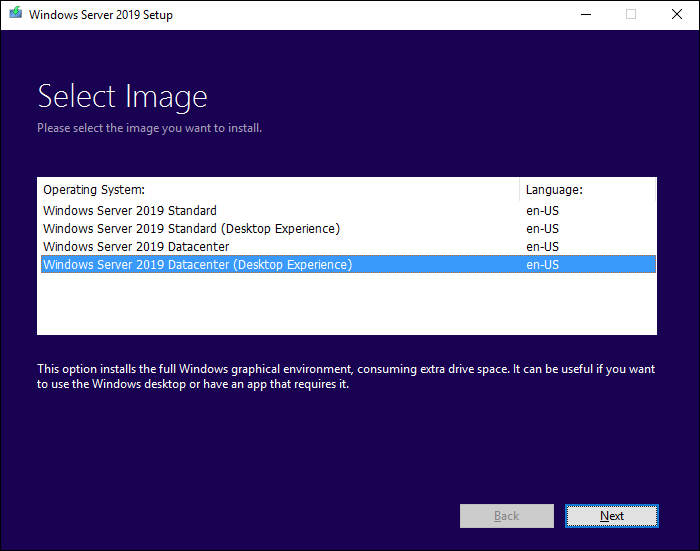

Please refer below HPE article to creating a bootable USB key HPE USB Key Utility HPE Blog, Austria, Germany & Switzerland.Now OpenSSH Server is installed on the server in an offline environment you will be able to see the OpenSSH SSH Server service. Run the Add-WindowsCapability -online -name OpenSSH.Server~~~~0.0.1.0 -source C:\FODĪdd-WindowsCapability -Name OpenSSH.Server~~~~0.0.1.0 -Online -Source c:\FOD.

Open up the Windows 10 Features On Demand ISO and copy the following cab files to the directory with the extracted Windows Server 2019 Features On Demand files.Extract the entire Windows Server 2019 Features On Demand ISO to a local directory on the server (e.g.Once you have both discs / ISOs downloaded follow these simple steps. There is a little work around though.įor this work around you will need both the Windows Server 2019 Features On Demand disc and the Windows 10 Features On Demand disc. However the Windows 10 Features On Demand ISO cannot be used on a Windows Server 2019 OS. That capability is on the Windows 10 Features On Demand ISO.

While there is a Windows Server 2019 Features On Demand ISO it does not contain all the capabilities, such as OpenSSH server.

The Features On Demand ISO can be downloaded from MSDN or my. In that case the Windows Server 2019 Features On Demand (FOD) ISO is needed and the -source parameter then can be used to add the capability. Sometimes the capability needs to be added in an offline environment where there is no Internet and the WSUS server is non-existent or does not have the package. When adding a capability it pulls from either the Internet or a WSUS server. Those features are easily added with the Add-WindowsCapability PowerShell cmdlet. Windows Server 2019 has a lot of additional capabilities that can be added.


 0 kommentar(er)
0 kommentar(er)
